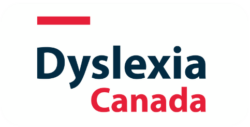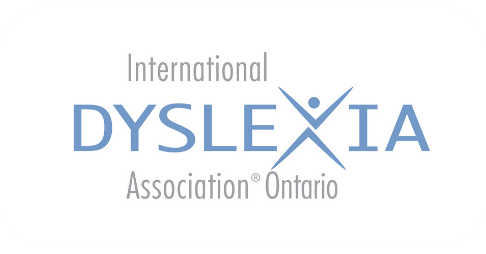La réussite orthographique
Une liste de mots pour aider à planifier les activités d’orthographe ou pour interpréter la réussite de vos apprenants aux cycles primaire et moyen. Elle a été conçue pour éviter de placer des attentes démesurées sur nos apprenants : l’apprenant ne peut pas orthographier correctement un mot qui ne se situe pas dans sa zone proximale d’apprentissage. Le concept doit avoir été enseigné au préalable et le mot ne doit pas contenir de correspondances son-lettre (graphème-phonème) pour lesquels les règles n’ont pas été enseignés. La liste des mots a été fournie par des enseignants qui avaient hérité de listes de mots à faire lire et orthographier à leurs élèves. Grâce à cette analyse, il sera désormais possible de placer l’élève au centre de la réussite en n’exigeant pas une orthographe parfaite sur des mots dont l’orthographe est plus difficile.



